…consider how the arts and contemporary theory structure “the commons” anew: how the commons becomes both a goal and a trope in post-millennial art and cultural theory.’ (Amy J. Elias)
Based on the topic of the commons, in this learning sprint, my basho members and I are focusing on ‘land commons’. In this blog, I will examine the SKELF Bike Park to begin this blog and then think about what the commons are. What connection exists between the commons and the arts? What new contributions to the commons may art make? The blog post will end by outlining one limitation of exploring this theme within and through contemporary art practice and theory.
First of all the theory of the commons consists of three main elements: 1) a pool of natural and/or human resources, 2) a community of people with reciprocal and sharing relations, 3) acts of working together towards the reproduction of the community (De Angelis, 2017). Based on these three theories, we discovered that the bike park includes free access to pump tracks that support a variety of sporting activities and a natural hill landscape that permits people to engage in some outdoor activities. During the summer or on weekends, it also hosts influential competitions where sports enthusiasts and professional athletes practice and share their experiences here.
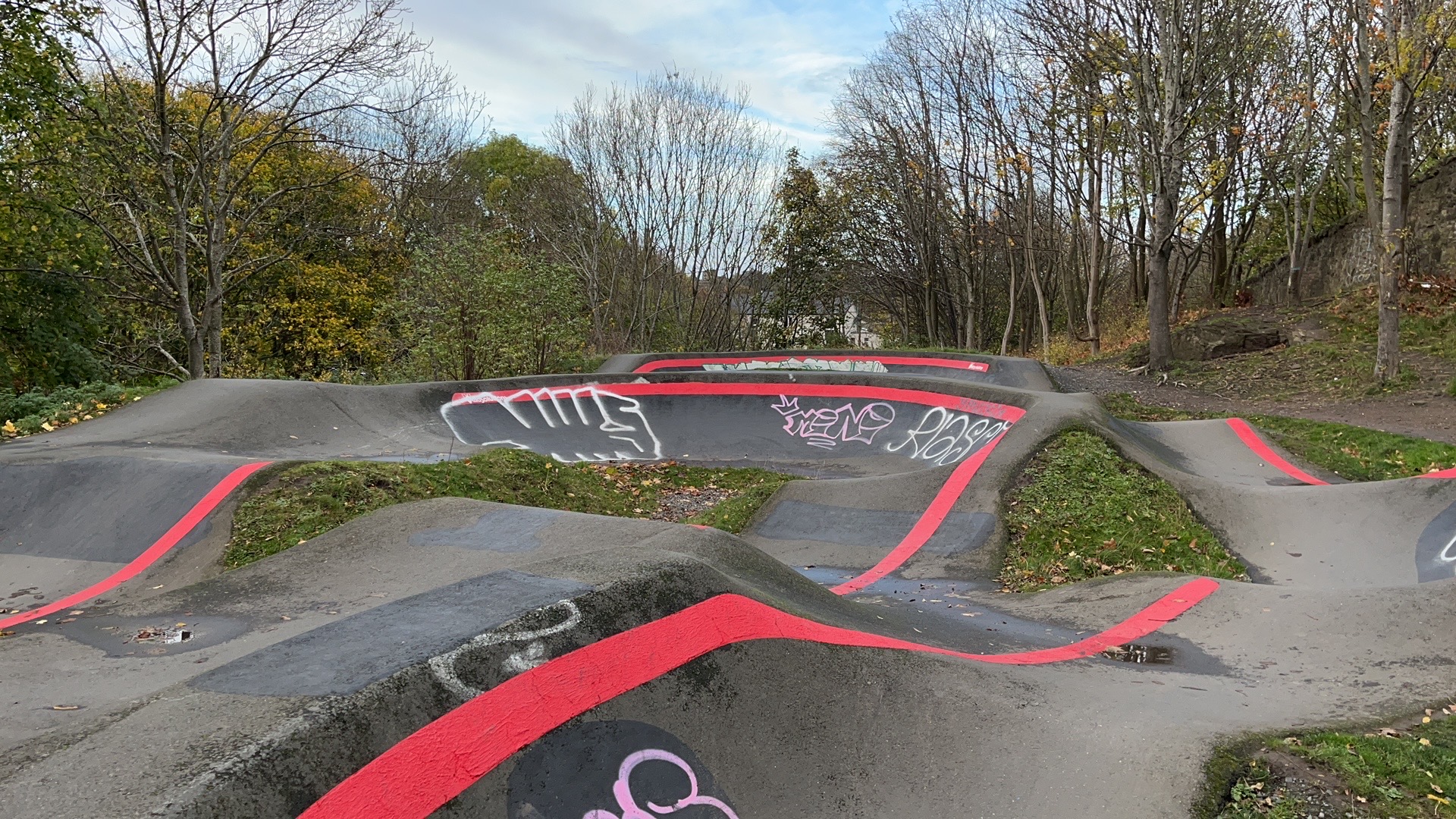
What impressed me most in the park was the graffiti on the walls, where we could see that without any organization, people in this space used to create some artwork spontaneously. It leads me to consider what is the relationship between art and the commons? Can art contribute to the development of the commons?
The commons, based on a shared understanding that some things belong to all of us’ (‘What is Commoning, Anyway?’, 2011), requires a collaborative process, which we called ‘commoning’. Additionally, art—whether it be dance, music, or painting—can be considered a collective activity in which people participate to create or feel which are fundamental human rights. Thus, art can be regarded as part of the commons. According to Jane Marsching, a Boston-based new media artist, “At the most fundamental art is about an experience, a communication that people that is outside of being constrained by an economic model. That is what makes art a commons as its original impulse .” Art provides resources that people can share and communicate with, sustaining the vitality of the community; In turn, the commons will facilitate the spreading and growth of art.
To support this theory, I found some examples of public art projects. The first one that comes to me is a social design course I took as an undergraduate, which was about how to plan areas and events in order to build a more cohesive community. One excellent recent example, founded by designer Zhou Zishu, is a collaboration program between citizens, designers, artists, public and private parties, that aim to transform the abandoned underground bomb shelters in Beijing into a colorful community centre, connecting people from the whole neighborhood. A variety of activities already exist, including a reading group, a Lego group, a shared coffee and tea group, and a 3D printing workshop. This case also inspired us to consider how abandoned public spaces may be reused, like the possibility of expanding SKELF Bike Park’s use during the off-season, considering its contribution not only as a sports area but also developing its potential as a cultural and artistic site.
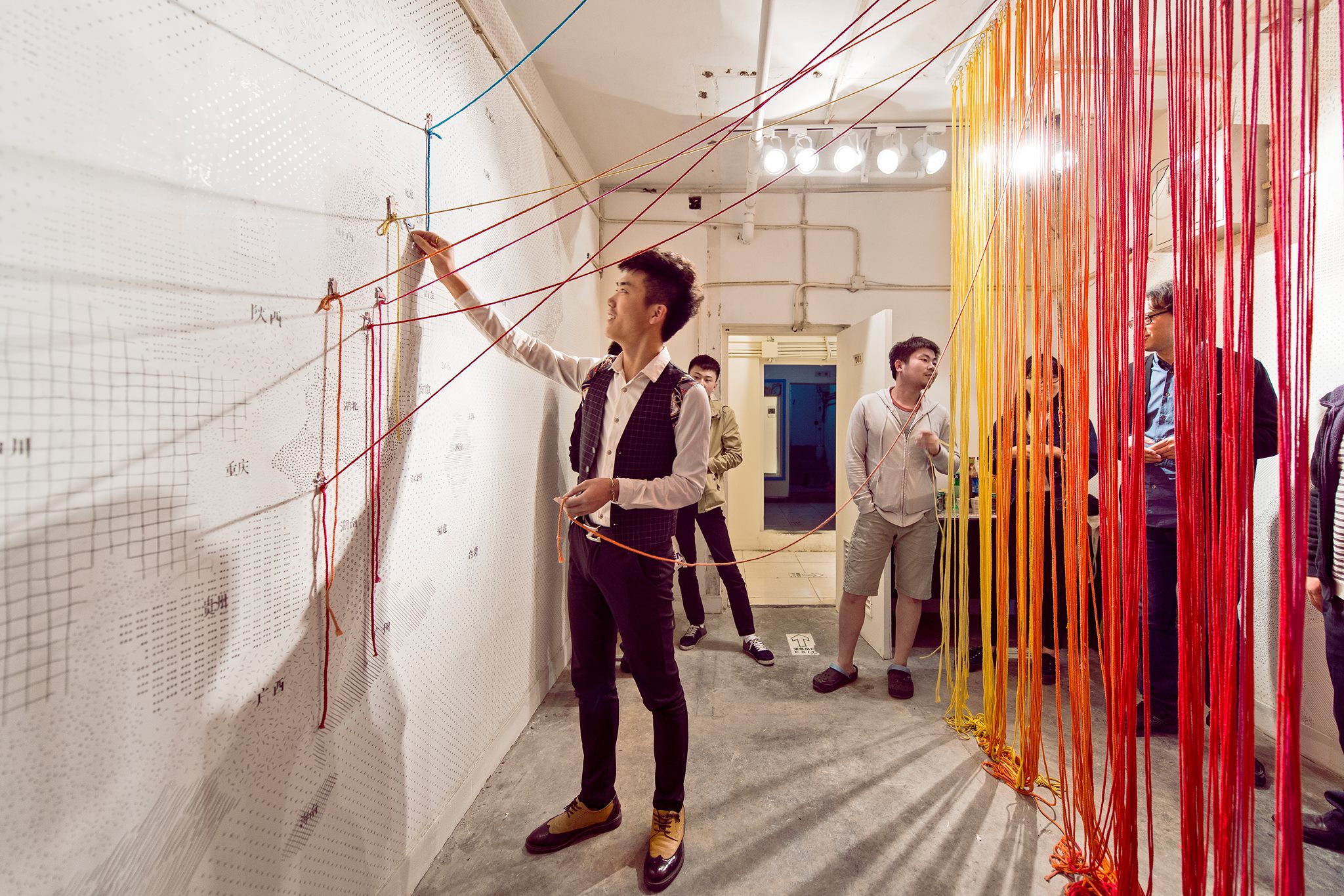
Another instance is the ‘People’s Park Plinth’, a public art project at Finsbury park. Each month Finsbury park collaborates with different artists or arts organizations to showcase different digital public artwork that speaks about the park’s heritage and local stories “Its work is often characterized by a powerful emphasis on public participation, democratic knowledge-production, and deliberative process.” (Shusha Niederberger, Cornelia Sollfrank, Felix Stalder, 2021) For example, ‘Based on a Tree Story’ tells the story of an old tree in Finsbury Park through digital art, giving viewers an insight into the past; another project ‘Future Fictions for Finsbury Park’ brings together local residents and science fiction writers to imagine possible futures for the local community. These collective art projects focus on and build connections between people and more-than-human, bringing new energy to the commons; they also promote a new culture based on local cultural heritage and local folklore, contributing to the sustainable development of local art and culture.
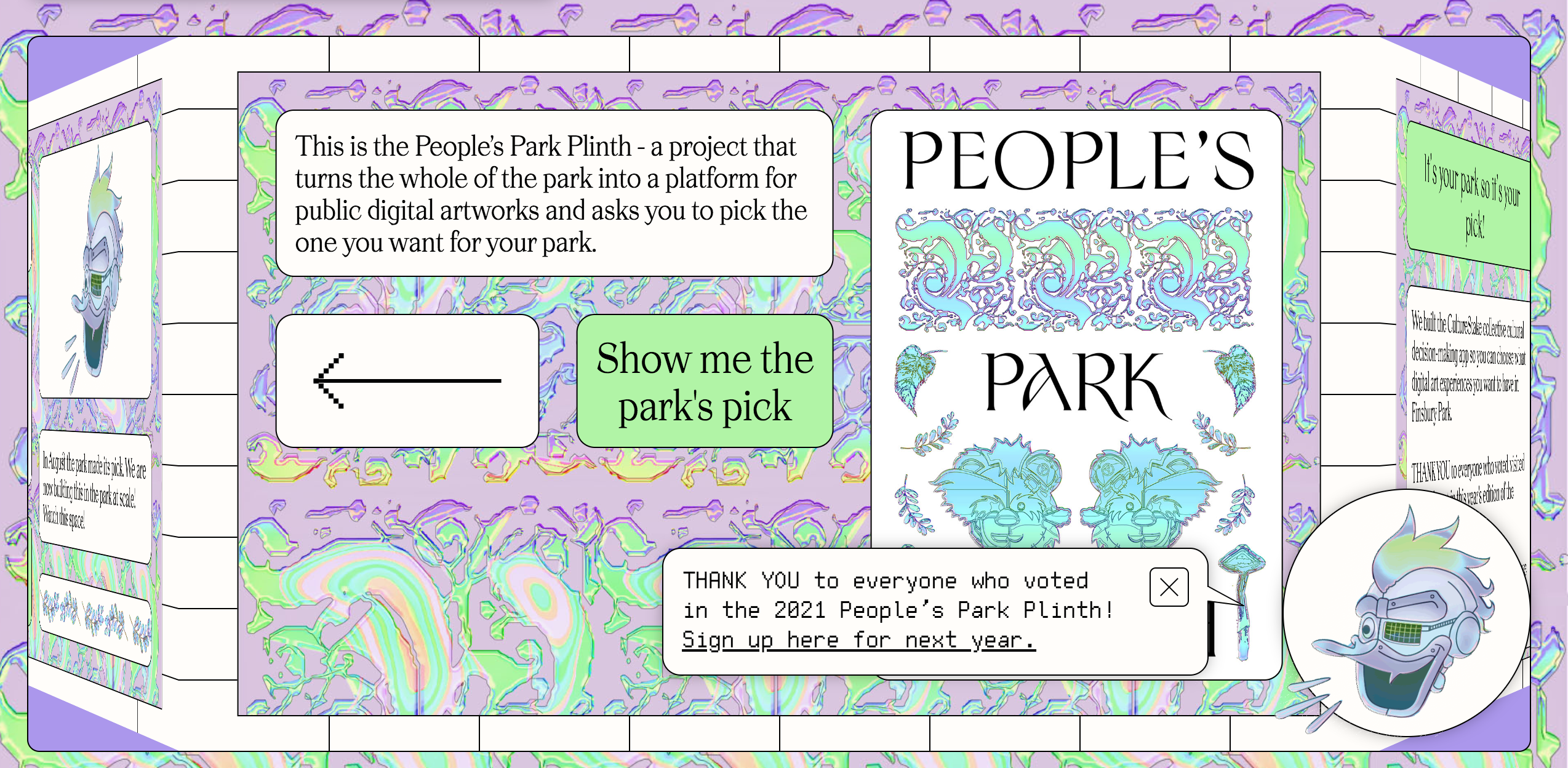
However, if we want art to develop in the field of the commons, one major obstacle is the ownership of the artwork. Joy Garnett, an NYC-based painter said that “Art contains within it a multitude of cultural and historical references, symbolism, meanings, “baggage”, as well as the seeds of that which has yet to come. Art is a bridge between contemporary culture and all that has passed before; it allows for a pooling of information both past, present, and future, and hence extends the commons across time.” Thus, today’s increasing privatization will impede the development of art by weakening cultural exchange and integration. Although we believe that art belongs to all of humanity and that placing it in the commons maximizes its value, from the perspective of economics, the idea of communalizing all artworks appears like a utopian proposal. This is why a growing number of artists are exploring different ways of participating and distributing art, helping to see and reclaim the commons.
-
De Angelis, M. (Massimo). Omnia Sunt Communia : on the Commons and the Transformation to Postcapitalism / Massimo De Angelis. London: Zed Books, 2017. Print.
-
“What Is Commoning, Anyway?” On the Commons, March 3. 2011, https://www.onthecommons.org/work/what-commoning-anyway.
-
“Towards a Collective Understanding of Art As a Commons” On the Commons, November 26, 2008, http://www.onthecommons.org/towards-collective-understanding-art-commons#sthash.mkQvRGlZ.ujX7CJkE.dpbs.
-
Pui-Yi Kong, “Beijng’s Underground Bomb Shelters Get New Life As Community Centers” Pop-Up City, May 23, 2016, https://popupcity.net/insights/beijngs-underground-bomb-shelters-get-new-life-as-community-centers/.
-
Shusha Niederberger, Cornelia Sollfrank, Felix Stalder. Aesthetics of the Commons. Diaphanes, 2021.
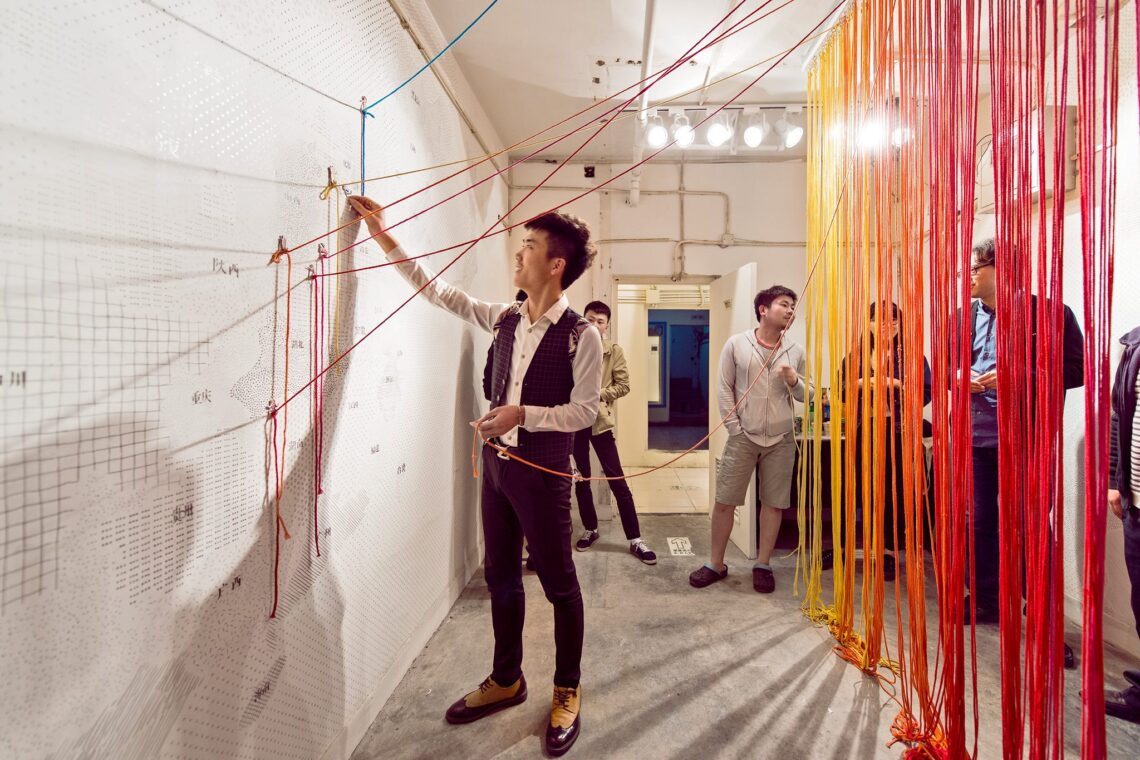

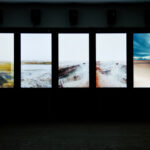
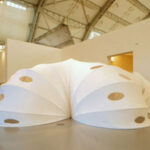

s2430290
22nd November 2022 — 10:33 pm
Chenyan expressed her ideas clear how she think about the ‘commons’ proposed within past, present and future with art. She also indicated some examples to support her thinking, it is clearly and well-understood.
s2444438
27th November 2022 — 11:20 am
This is a very smooth and logical blog that I enjoy reading! The author provides many vivid examples of the relationship between art and the Commons, as well as the obstacles that can be faced by the communalization of art. However, it would be nice if the last paragraph could include a more detailed explanation of why, from an economic point of view, the communization of art is difficult to achieve!
s2341902
4th December 2022 — 12:37 pm
In this sprint Chenyan gives some examples of art in relation to the commons, which can be of great help in understanding the concepts of public art and the commons. One of the issues you mention about the commoning of artworks is very interesting and it is something to think about
BoRui Zhang
6th December 2022 — 6:22 pm
This is a very logical post. Reading ChenYan’s post, I can clearly see Chen Yan’s understanding and thinking about Commons theory. And she has found strong enough examples of public art to prove her understanding of Commons theory. Thank you for sharing your thoughts.